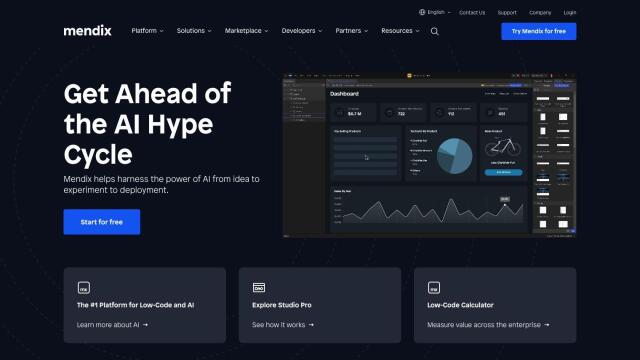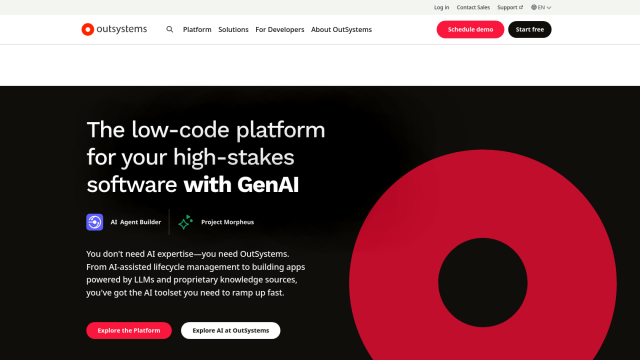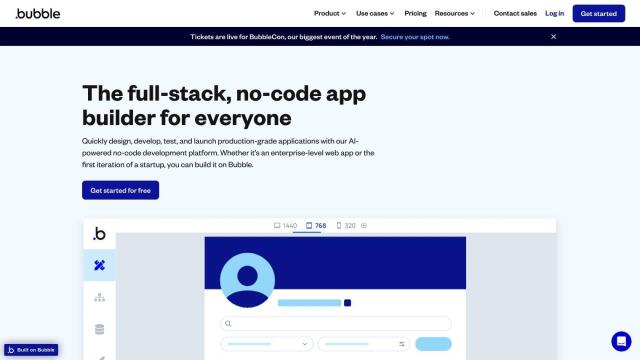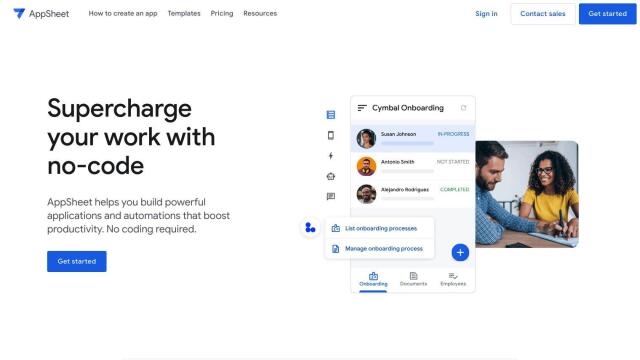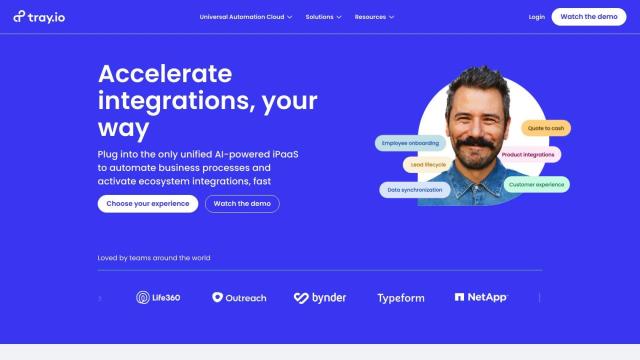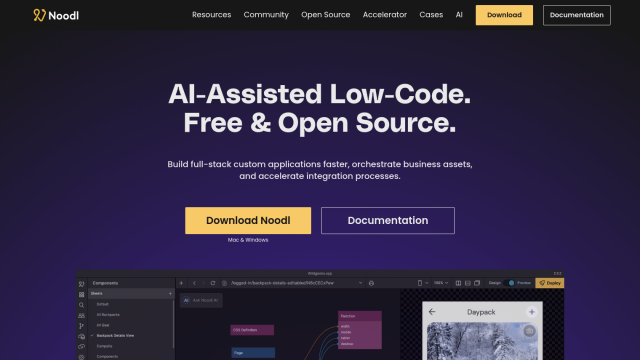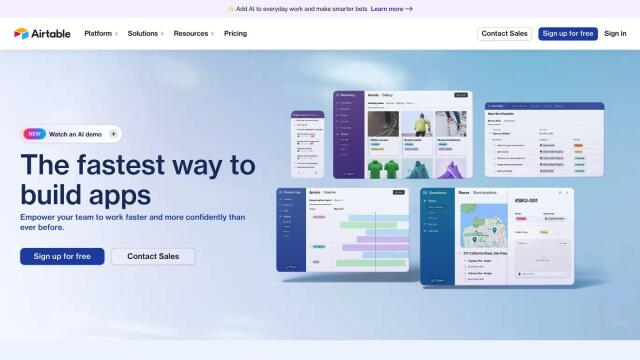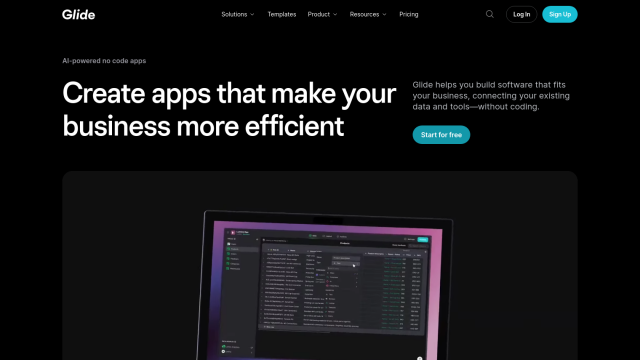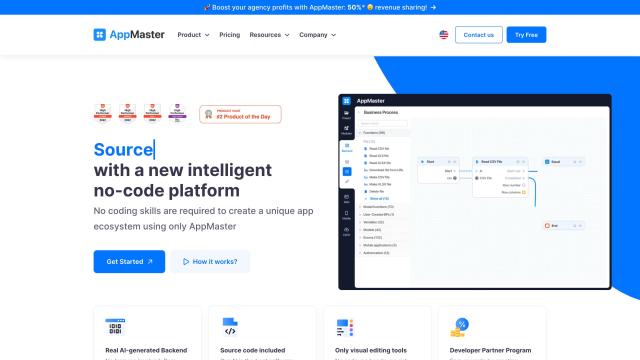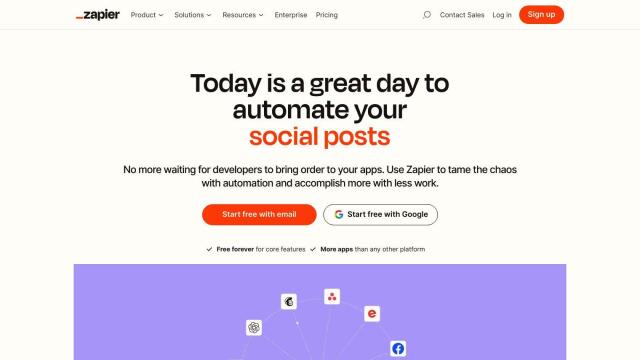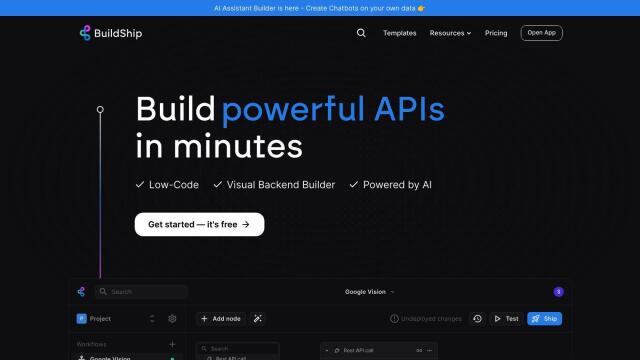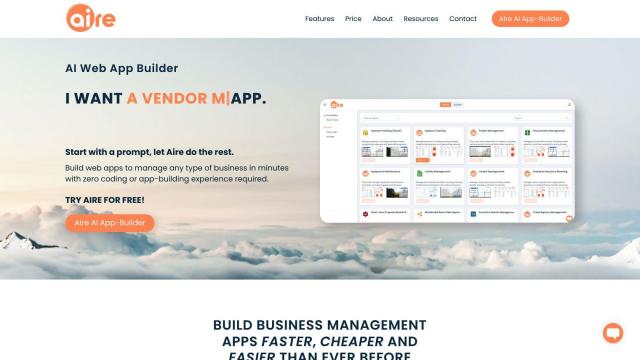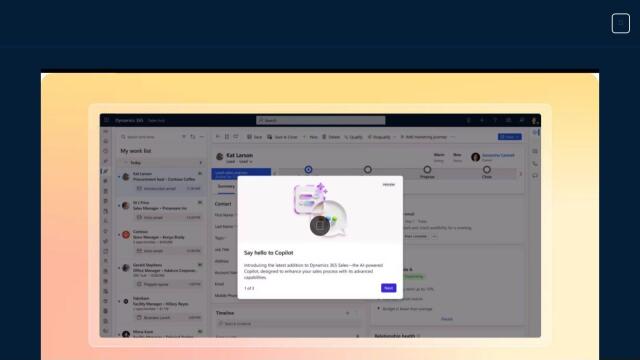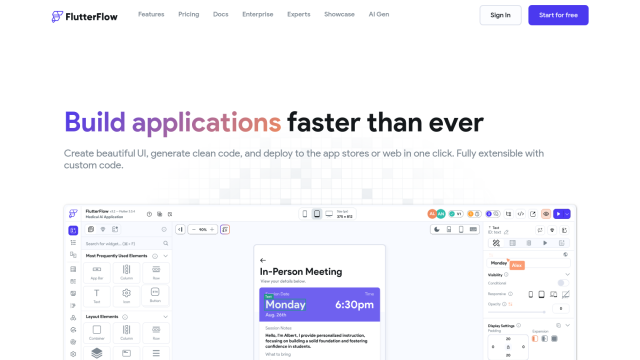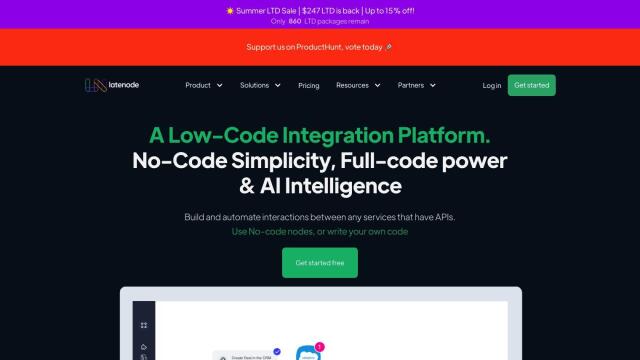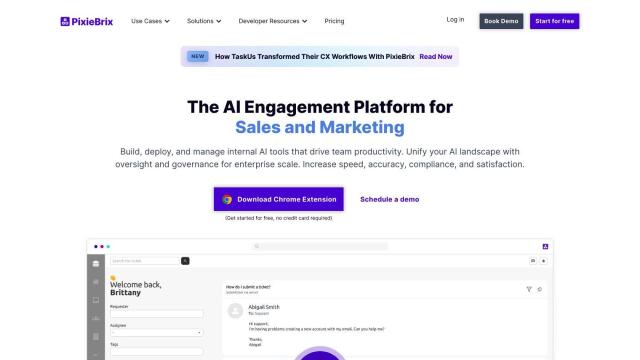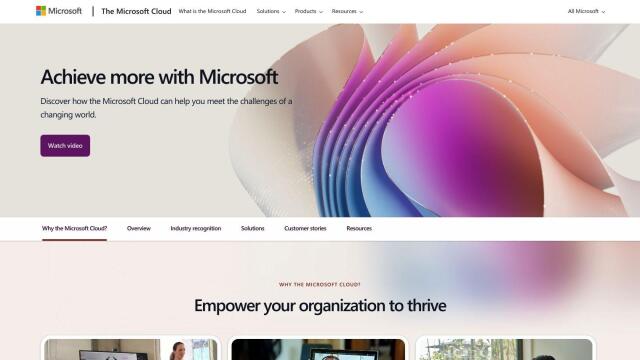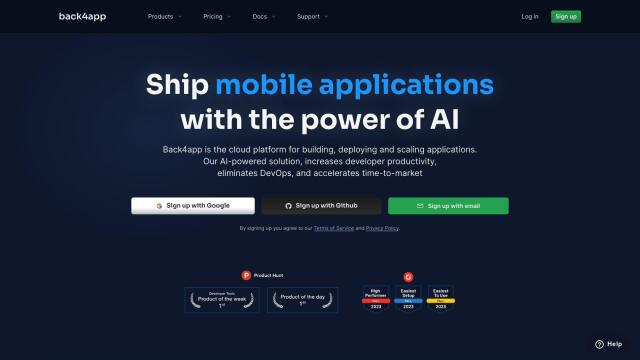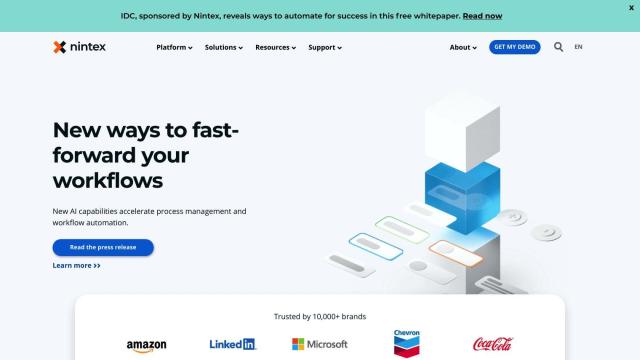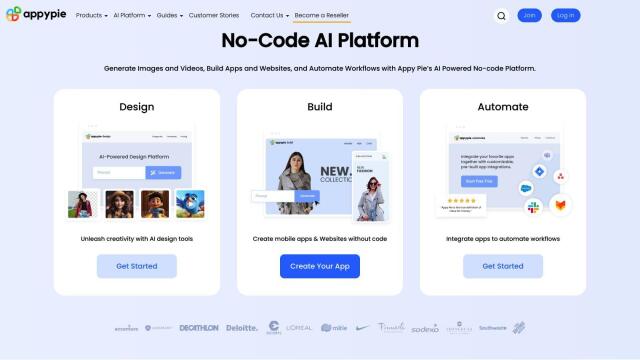Question: I'm looking for a low-code solution that integrates with popular software for messaging, storage, and email.

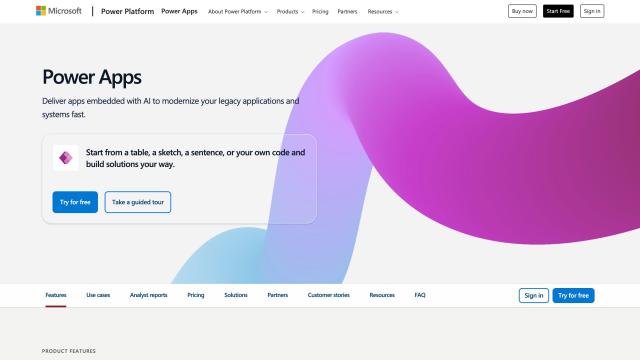
Power Apps
If you need a low-code option that connects to widely used software for messaging, storage and email, Power Apps is a good option. It lets you build AI-powered apps with Copilot, AI suggestions and drag-and-drop tools. It connects to Microsoft Azure, Visual Studio and GitHub, and has a built-in data platform, Microsoft Dataverse, that taps into more than 1,200 data sources. Power Apps has a free Developer Plan and a Premium plan that costs $20.00 per user/month, making it a good low-code option.

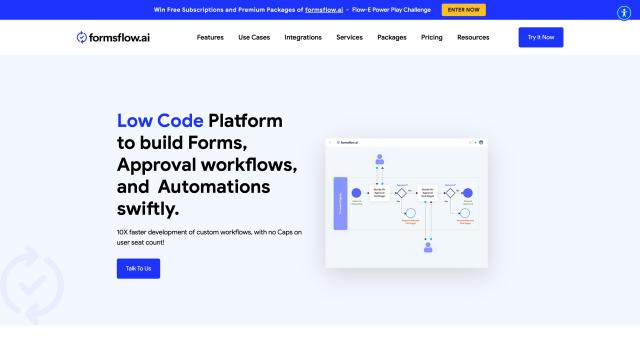
formsflow.ai
Another option is formsflow.ai, which lets you build business apps quickly without requiring a deep programming background. It's got a drag-and-drop form builder, workflow builder and analytics module, and native integration with more than 1000 widely used software packages. The platform is flexible, supporting both low-code and pro-code approaches, and it's got advanced analytics, robotic process automation and built-in identity management. With tiered pricing and an open-source community version that's free, formsflow.ai is good for many departments and industries.
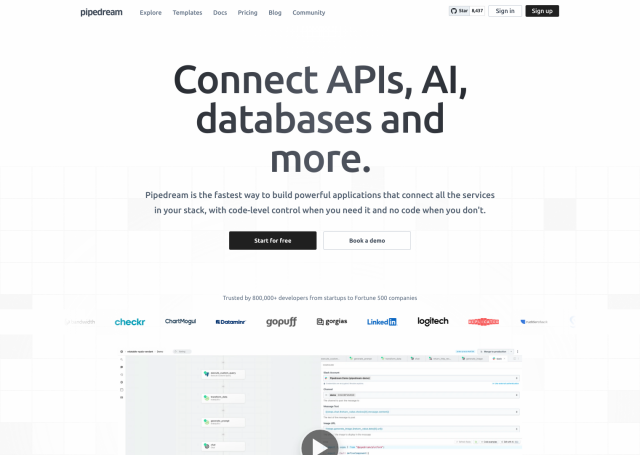
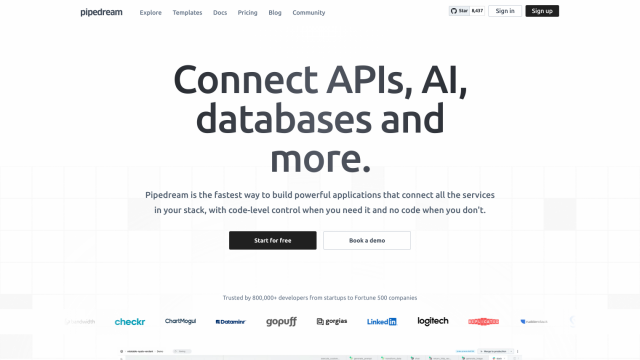
Pipedream
Pipedream offers a hybrid of low-code and no-code interfaces to build complex apps. It offers instant deployment and access to more than 2,100 APIs through npm and PyPI packages. With features like instant deployment, 10 billion+ events processed, and support for APIs like OpenAI and Microsoft Teams, Pipedream is good for developers who want flexibility and easy integration. Its pricing tiers range from free to business plans.

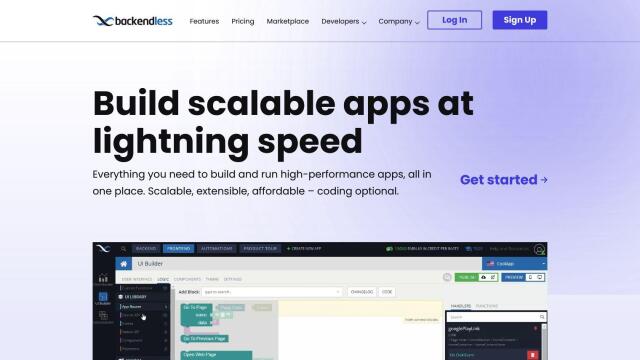
Backendless
If you're looking for a more complete low-code option, Backendless has a full set of tools to build high-performance apps. It's got a visual UI builder, codeless logic and direct API integration. With real-time database support, streamlined user management and customizable email and push notifications, Backendless supports flexible deployment options and integrates with services like FlutterFlow and Zapier. Its pricing plans range from free to fully managed services, so it's good for a wide range of use cases.

